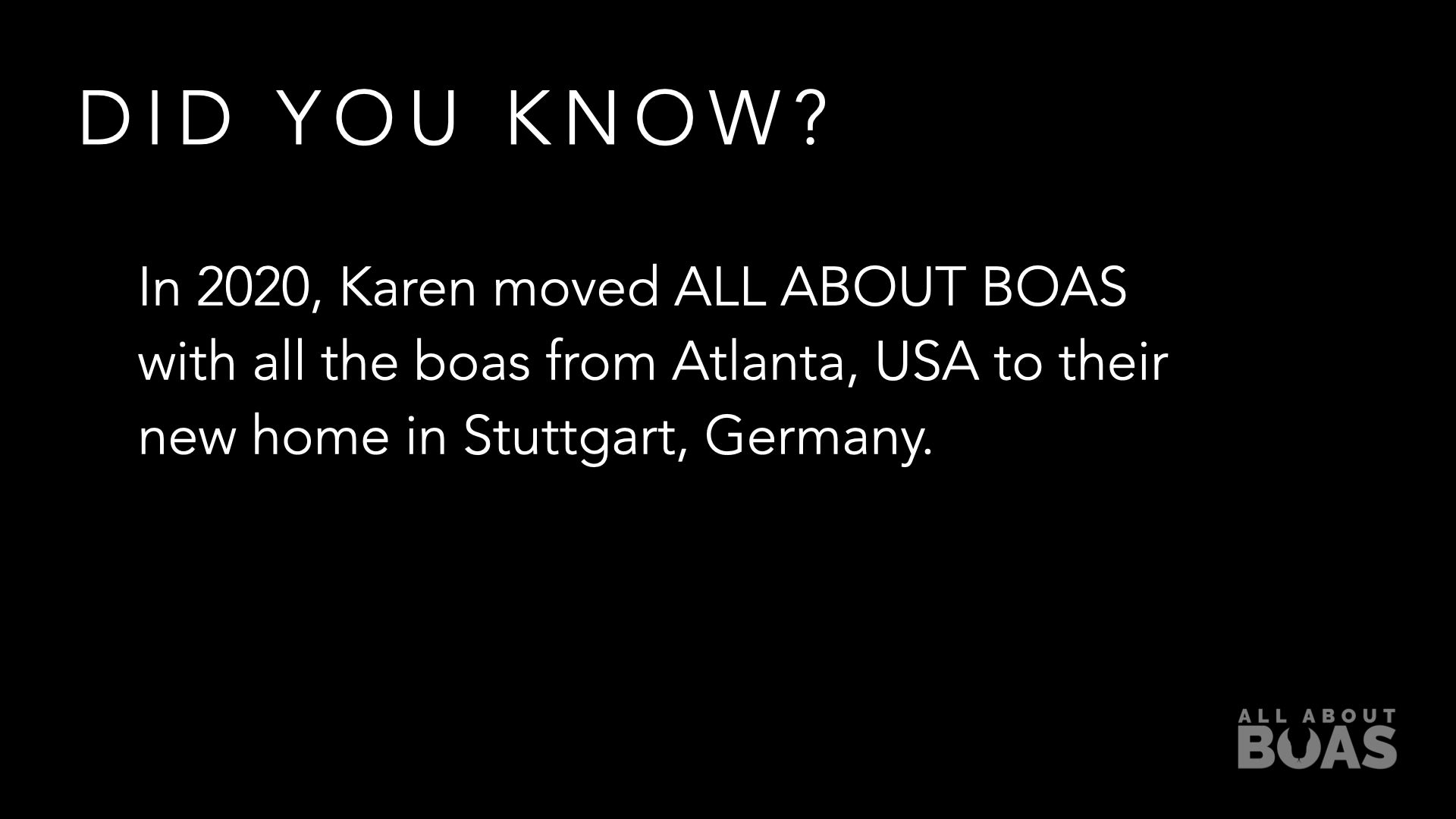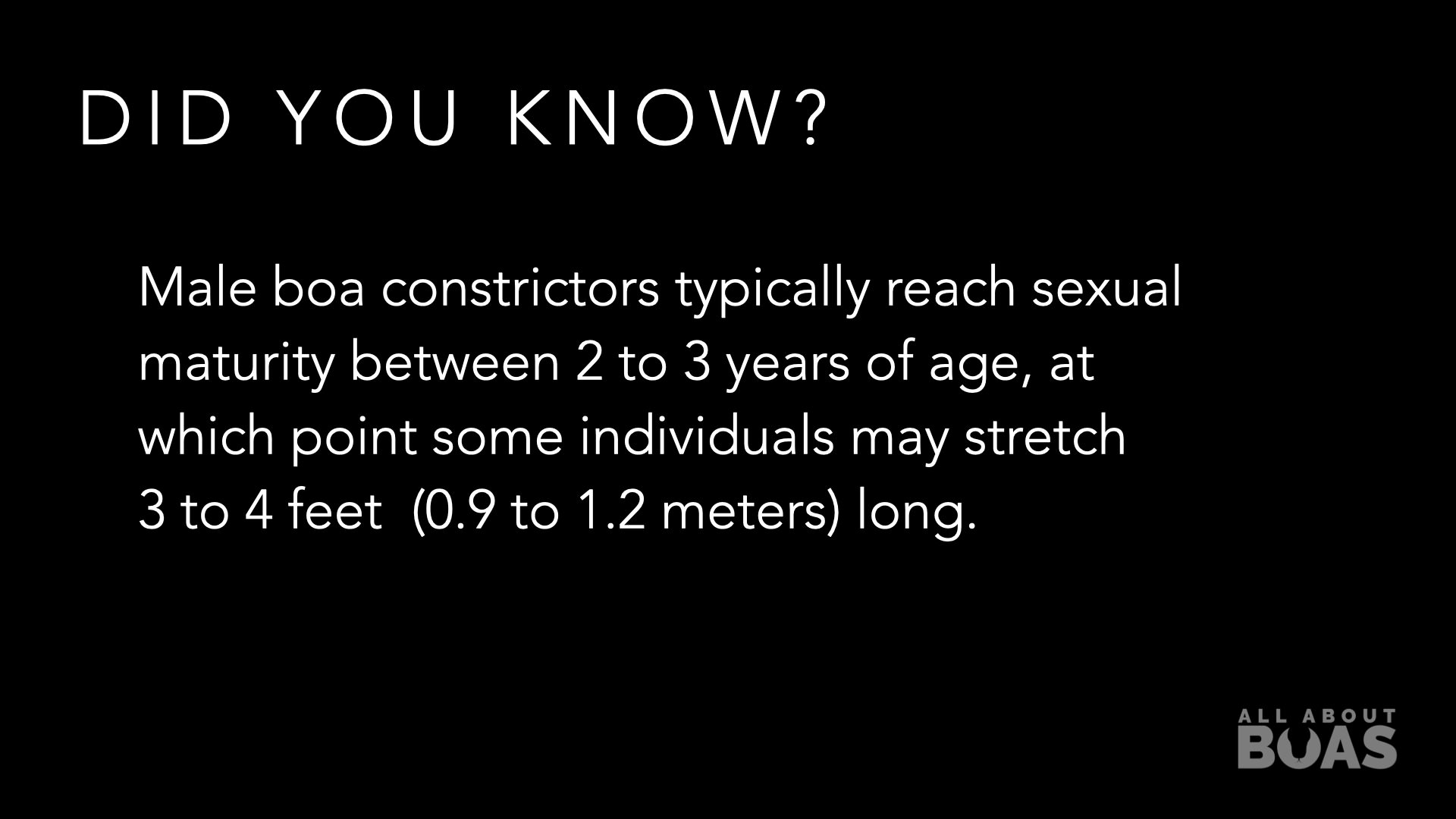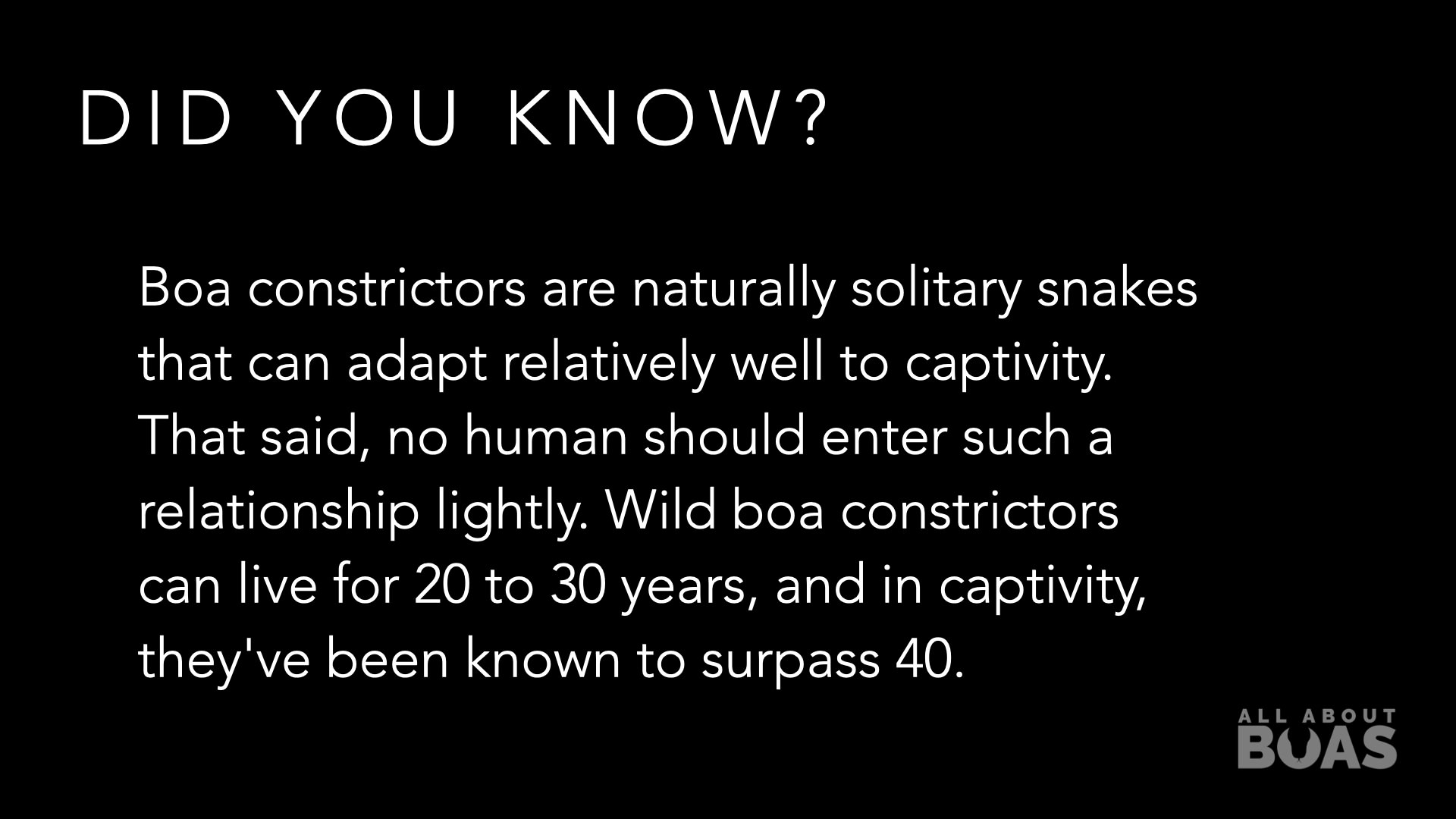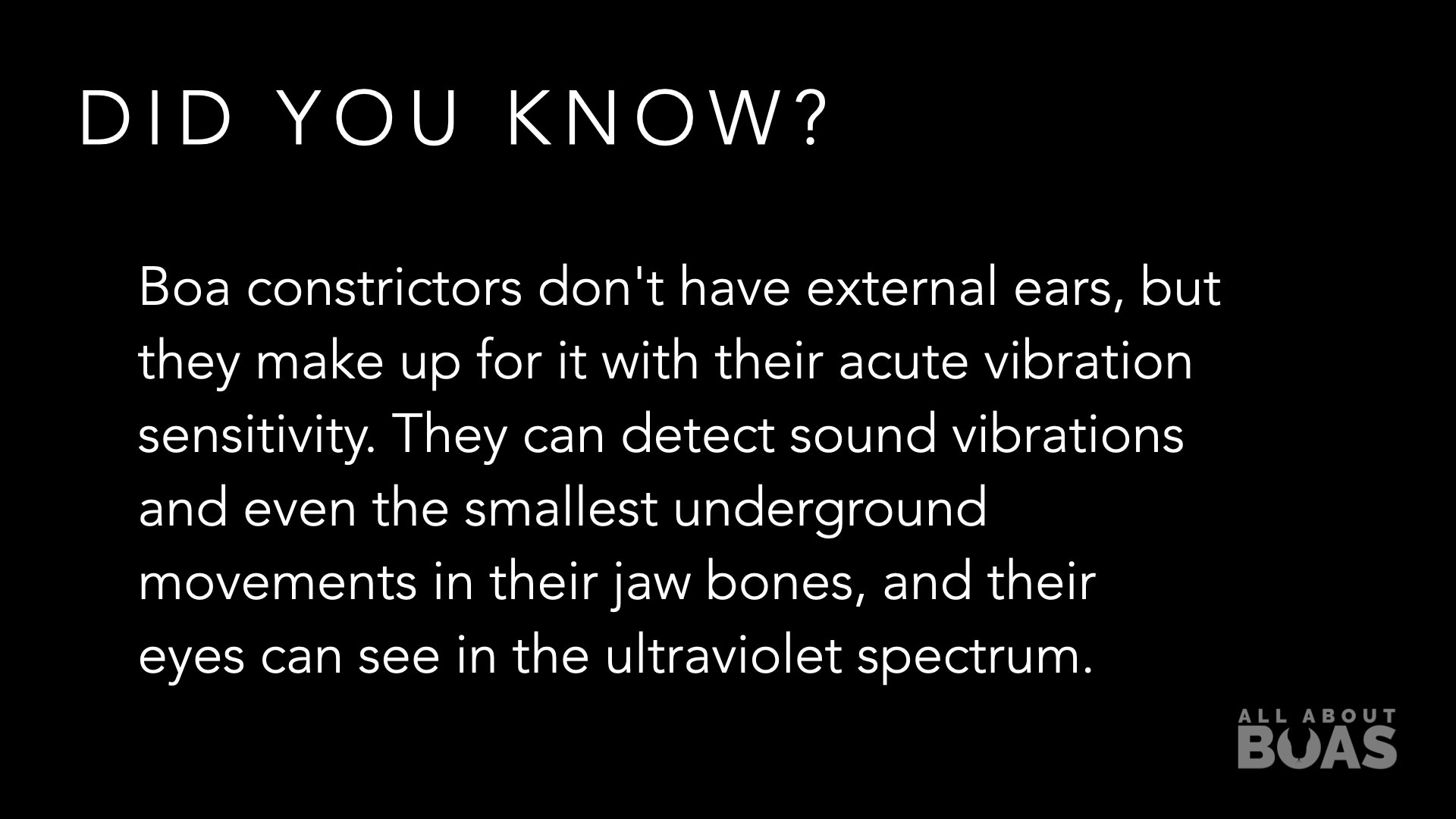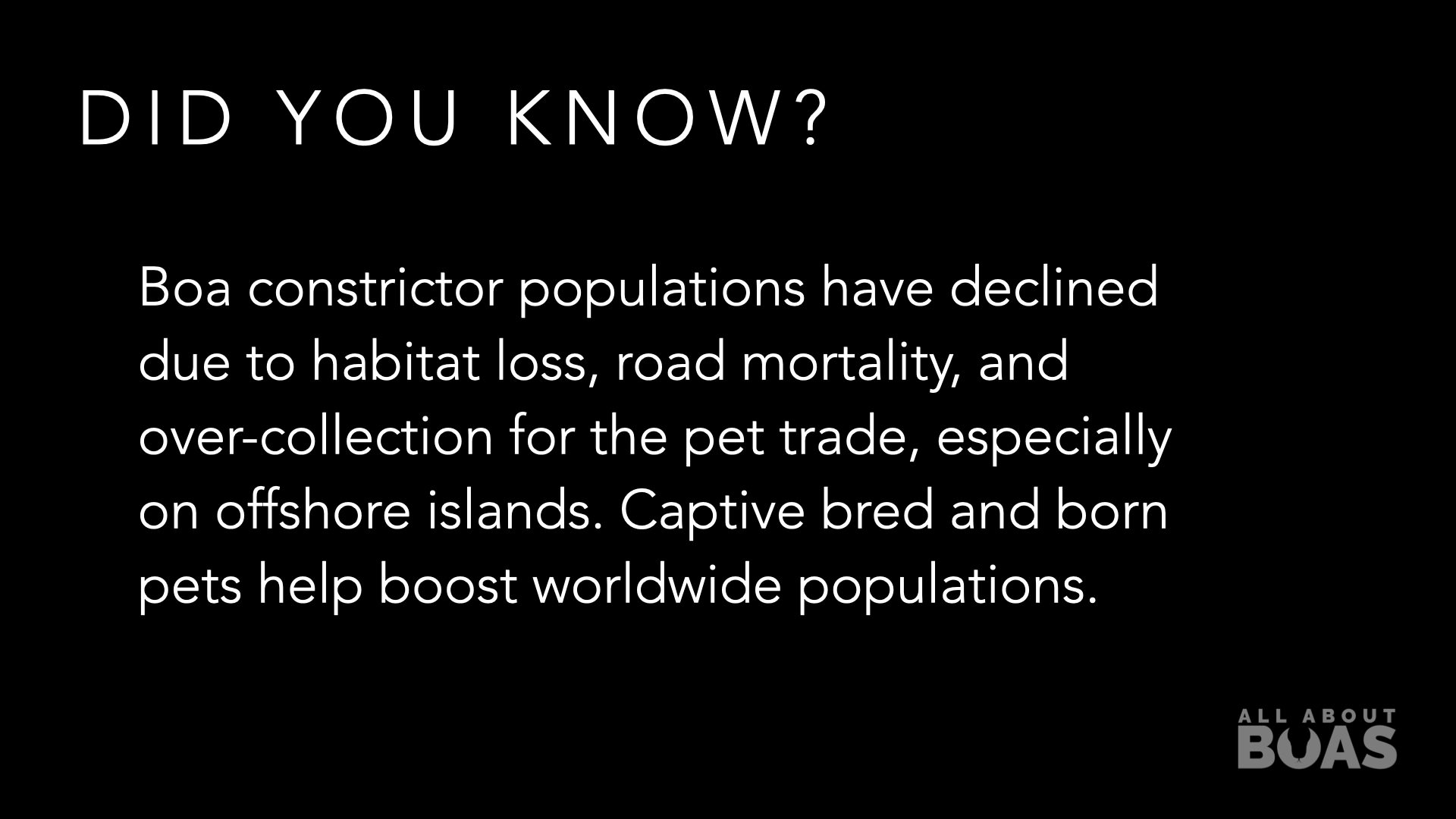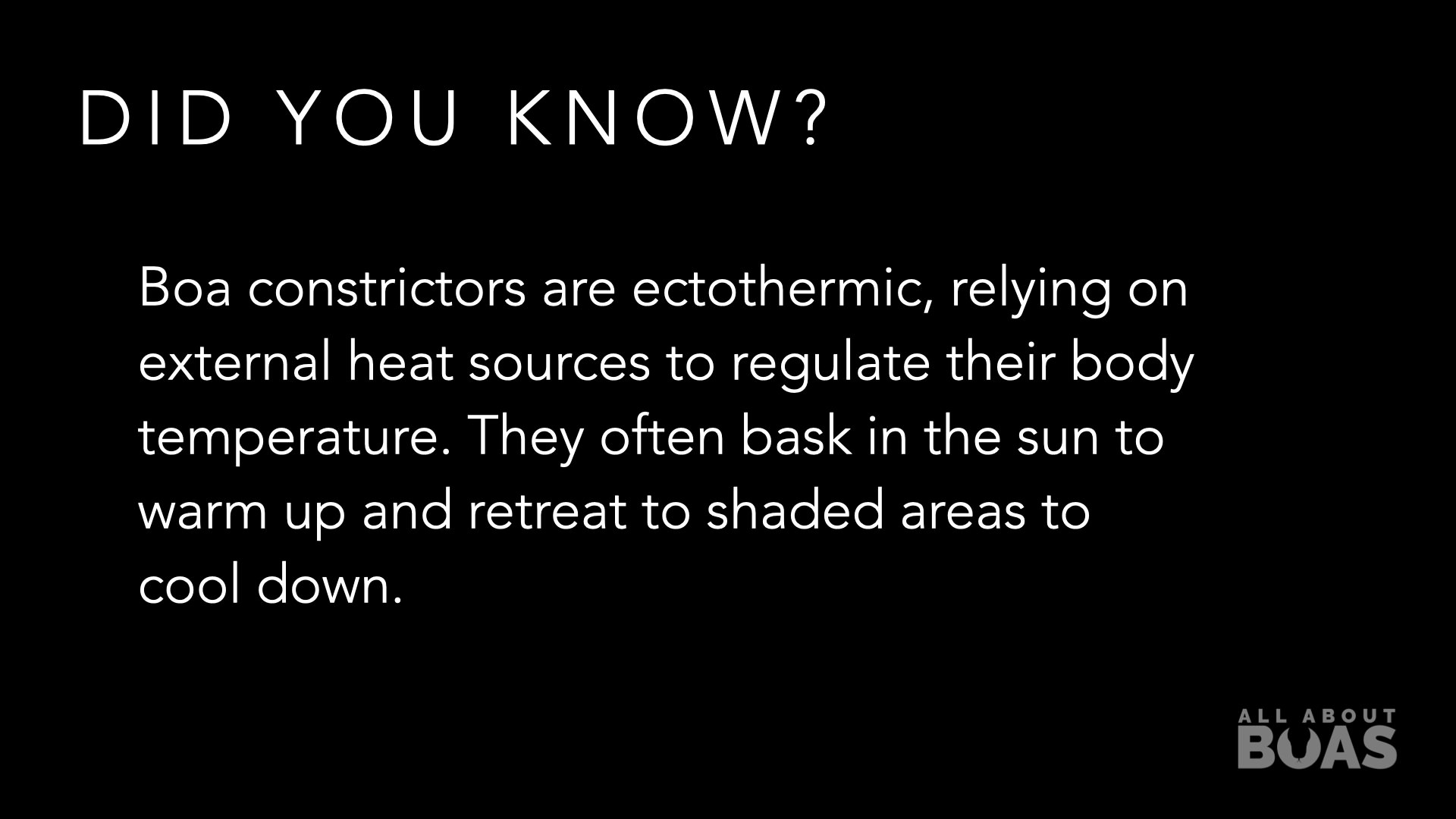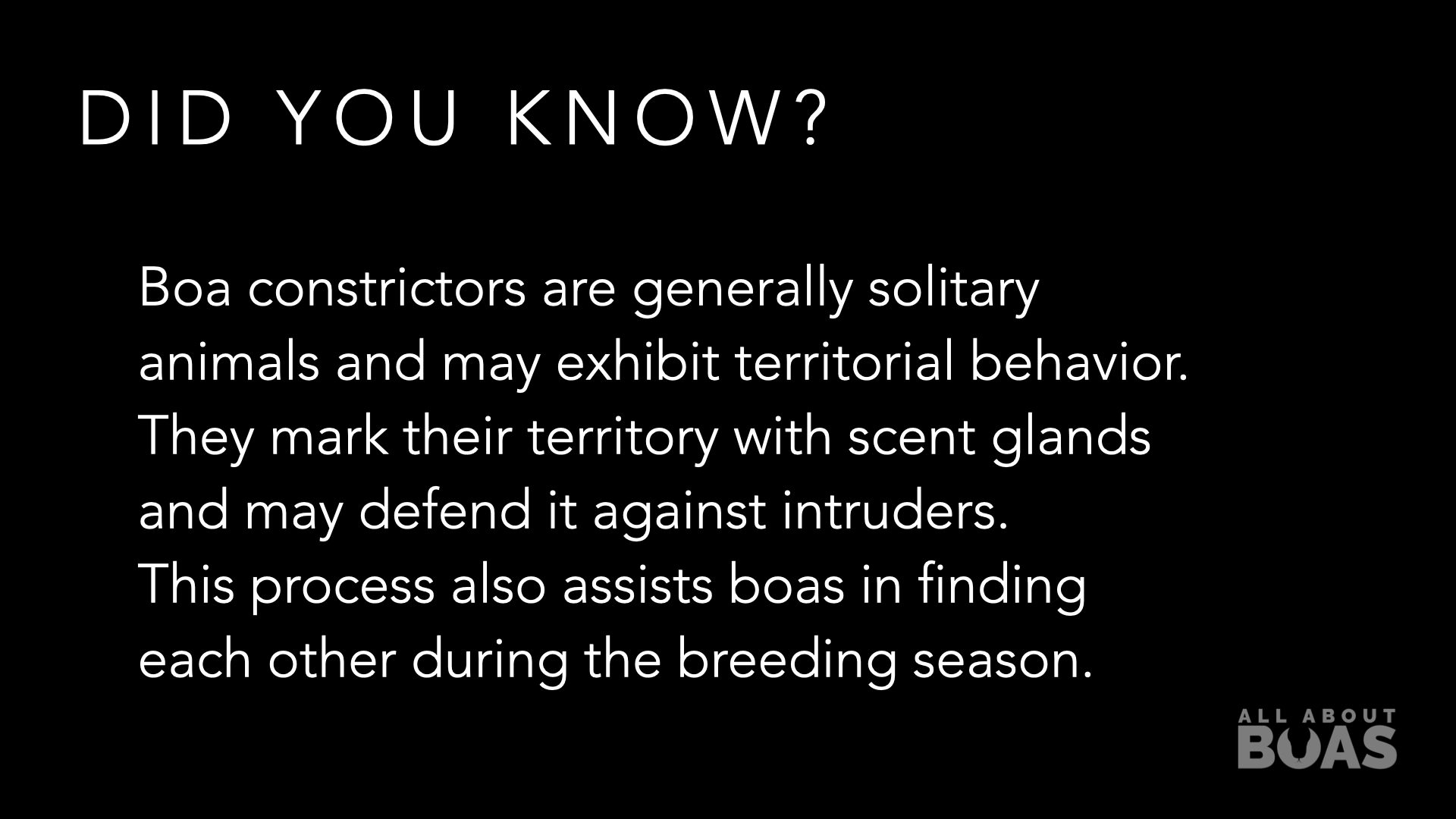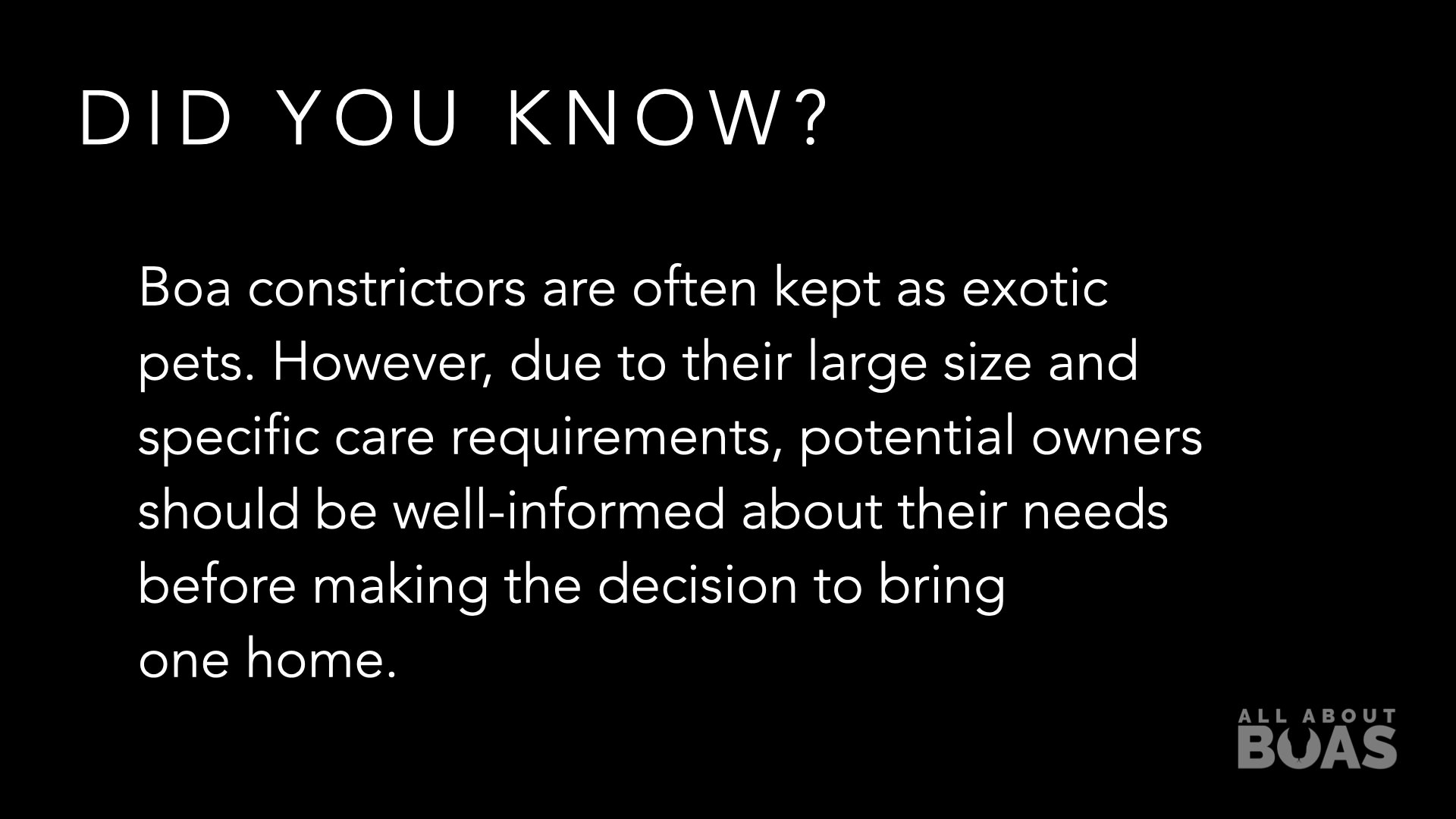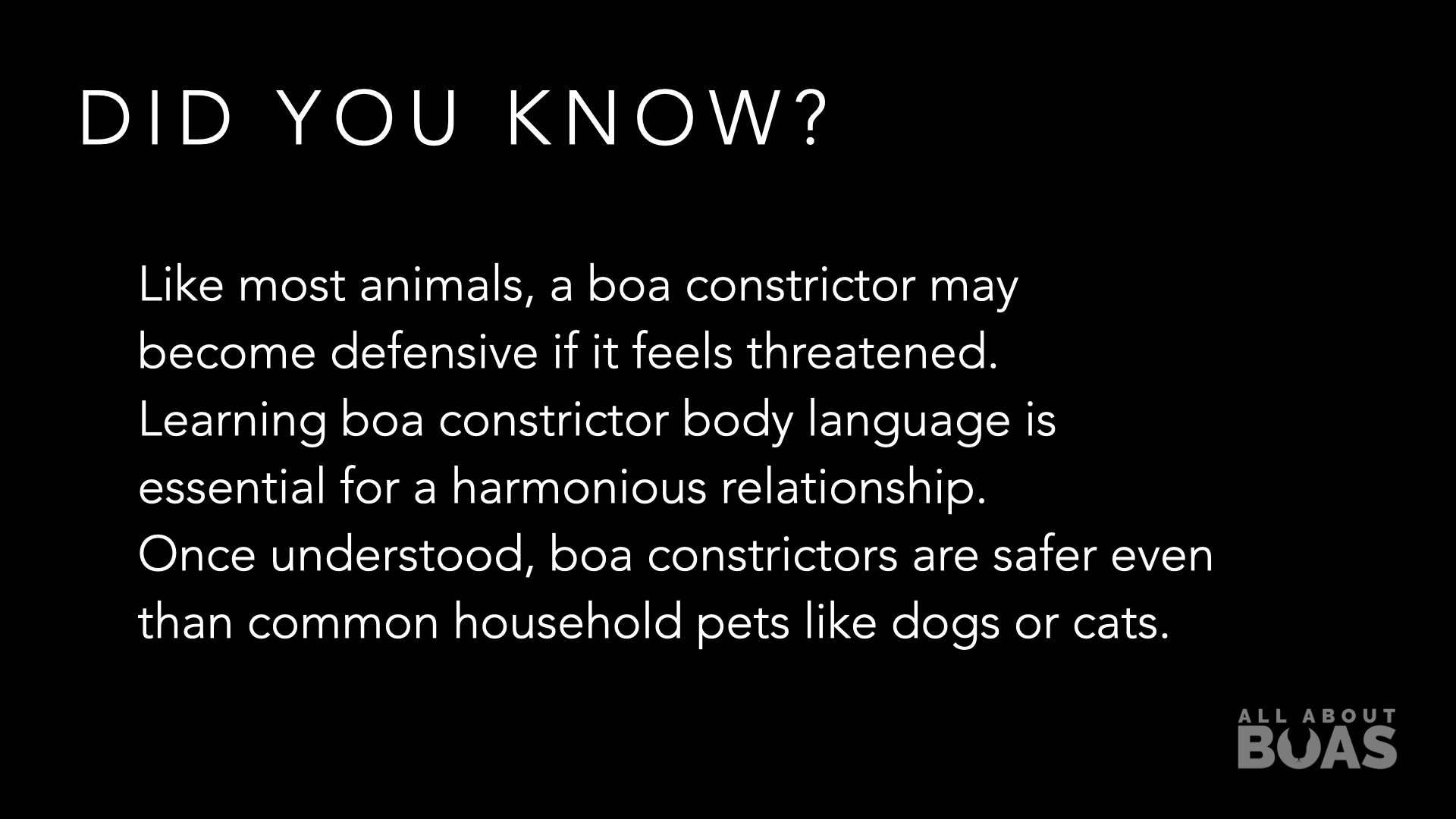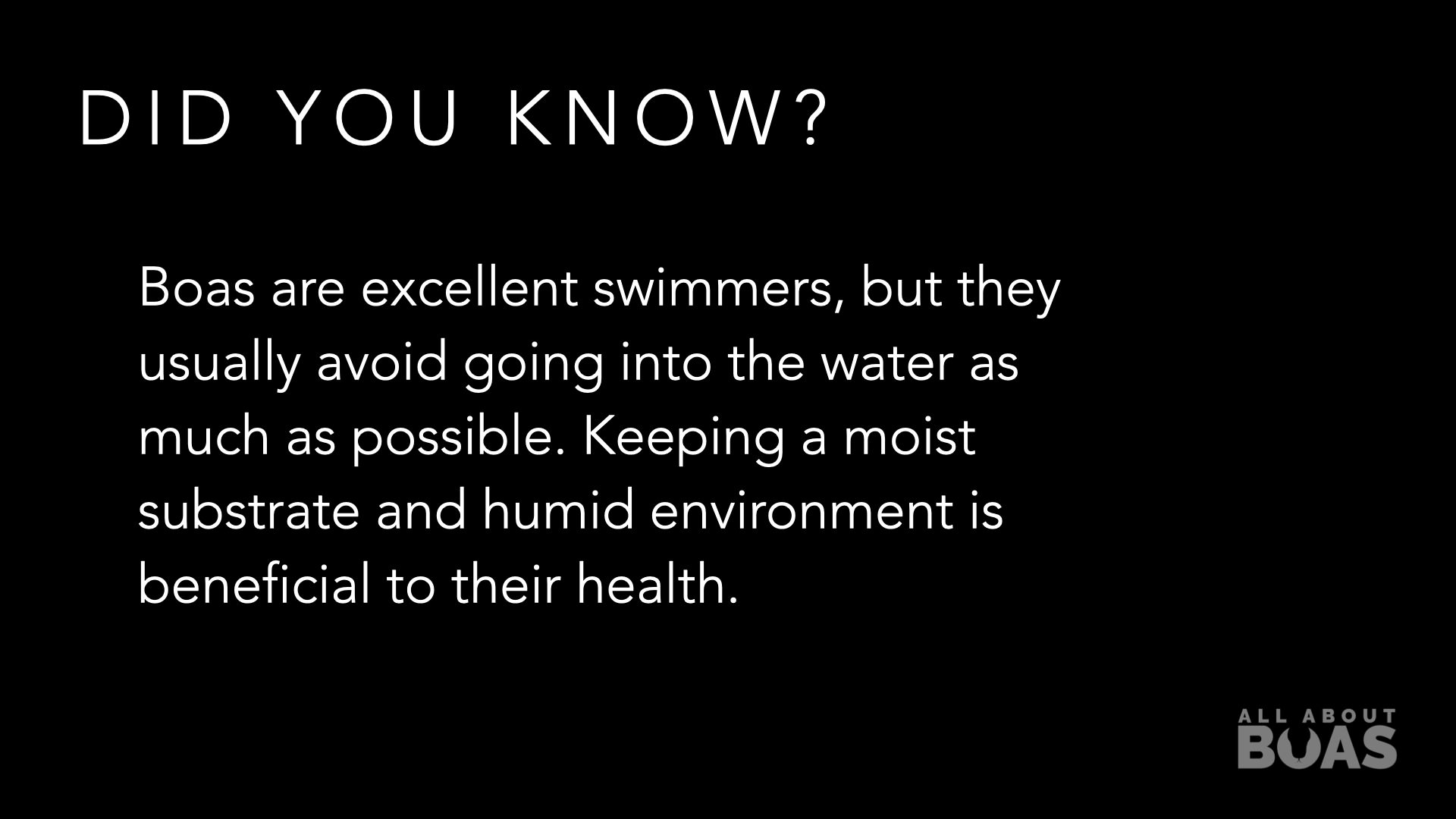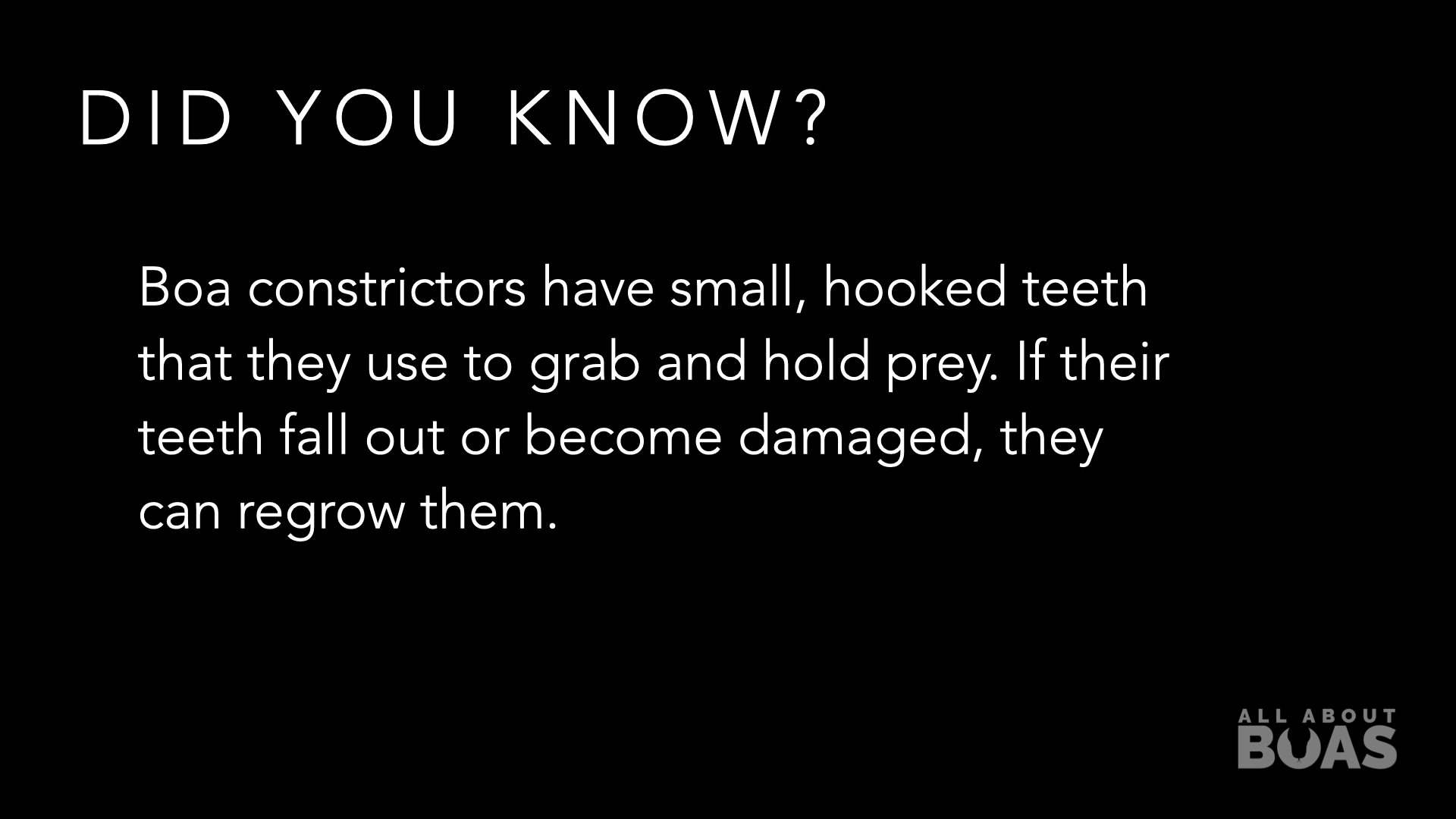Boa constrictors are fascinating and beautiful reptiles, but their large size and power require careful handling to ensure the safety of both the snake and the handler. Whether you are a new snake owner or an experienced enthusiast, it's crucial to approach handling with knowledge, respect, and caution. In this guide, we will explore essential tips for safely handling a boa constrictor.
Understanding Boa Constrictor Behavior:
Boa constrictors, like all snakes, have their unique behaviors and temperaments. While some individuals may be docile, others might be more nervous or defensive. It's essential to observe your boa constrictor's body language and respect its boundaries. Signs of stress or discomfort include hissing, coiling tightly, and rapid tongue flicking.
Prepare Your Environment:
- Choose the Right Time: Handle your boa constrictor when it's awake and alert, typically in the evening or at night.
- Create a Calm Atmosphere: Handle the snake in a quiet room with minimal distractions to prevent stress.
- Wash Your Hands: Wash your hands thoroughly with unscented soap to remove any scents that might confuse or frighten the snake.
Proper Handling Techniques:
- Approach Slowly: Approach the boa constrictor slowly and confidently. Sudden movements can startle the snake.
- Support the Body: Always support the snake's body and distribute its weight evenly. Boa constrictors are muscular and need full body support to feel secure.
- Avoid Squeezing: Do not grip the snake tightly. Instead, allow it to move through your hands naturally. Squeezing can stress the snake and potentially harm it.
- Be Mindful of the Head: Be cautious around the head and avoid sudden movements near the snake's face. Boa constrictors may strike if they feel threatened.
- Limit Handling Time: Keep handling sessions relatively short, especially if your snake is young or new to handling. Overly long sessions can lead to stress.
Handling Tips for Different Boa Constrictor Sizes:
- Handling Juveniles: Young boa constrictors can be more nervous and may benefit from shorter, gentle handling sessions to help them acclimate to human interaction.
- Handling Adults: With adult boa constrictors, it's crucial to be confident and gentle. Provide full body support and be aware of the snake's size and strength.
What to Do If the Boa Constrictor Acts Aggressively:
- Stay Calm: If the snake exhibits aggressive behavior, remain calm. Avoid sudden movements and give the snake space.
- Use a Hook: If necessary, gently guide the snake with a snake hook. This tool allows you to maintain a safe distance while redirecting the snake.
After Handling:
- Return to the Enclosure: After handling, gently return the snake to its enclosure. Ensure the enclosure is secure to prevent escapes.
- Observe Behavior: After handling, observe your boa constrictor for any signs of stress. Unusual behavior or lack of appetite could indicate stress, and you should give the snake some time to rest.
In conclusion, handling a boa constrictor safely requires patience, respect, and a good understanding of the snake's behavior. By following these guidelines and being attentive to your snake's needs, you can establish a positive and secure handling experience for both you and your boa constrictor. Remember, each snake is unique, so always adapt your approach based on your boa constrictor's individual temperament and comfort level.




